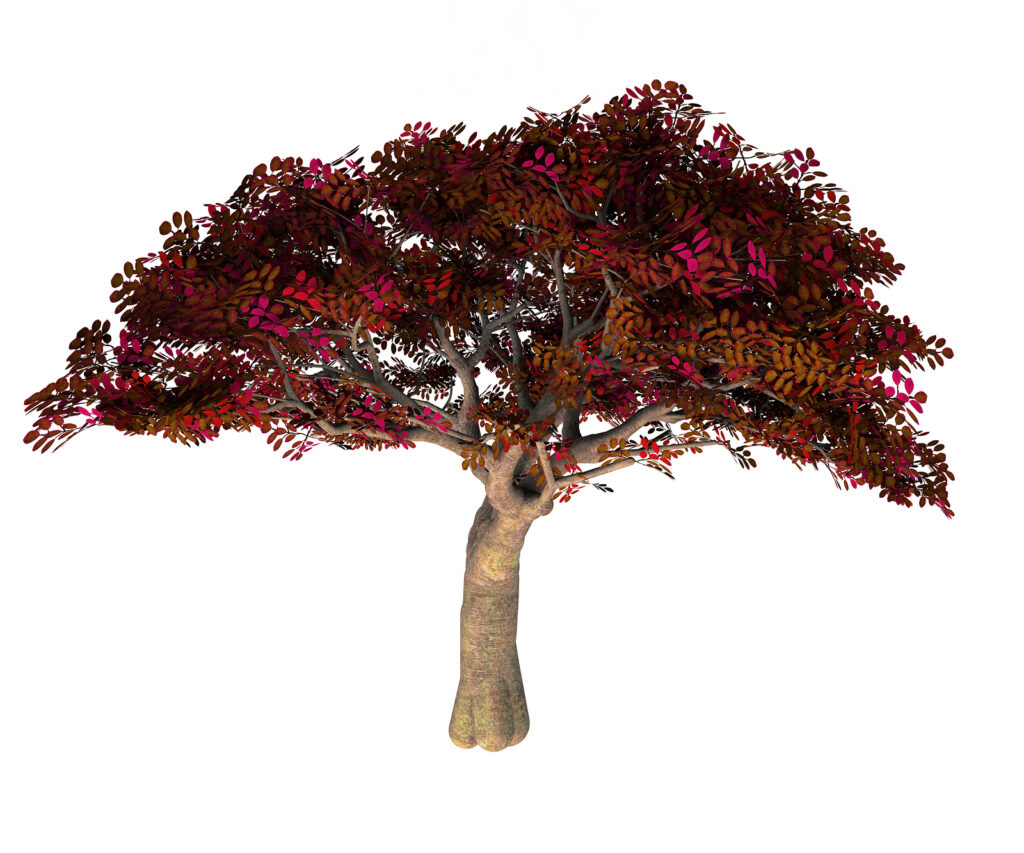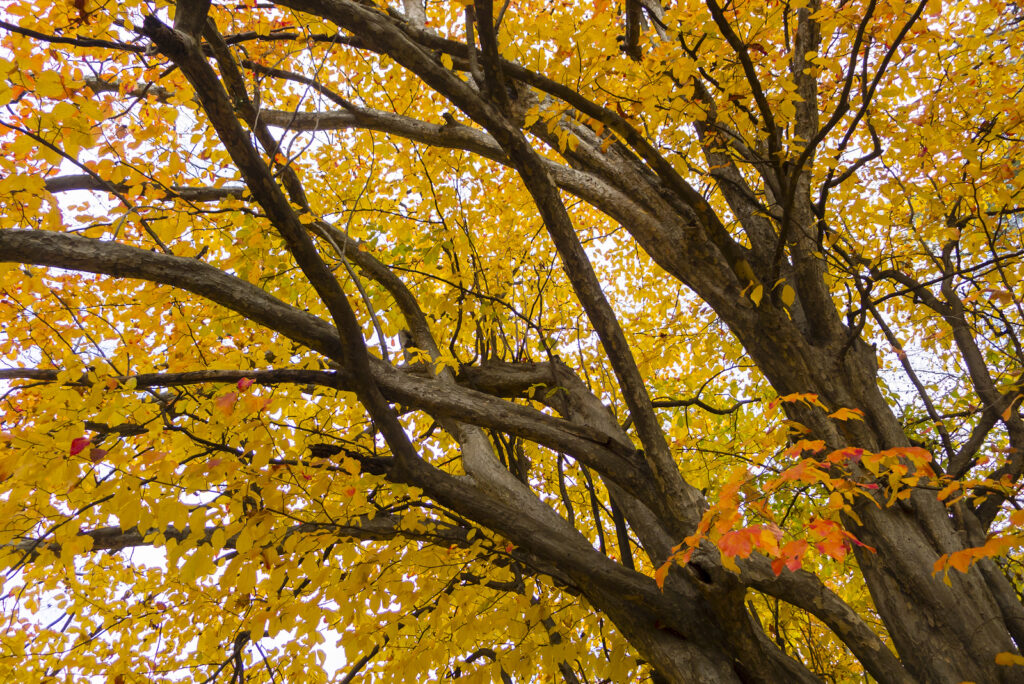Persian Parrotia, Parrotia, is a small to medium-size deciduous tree native to Persia. It belongs to the Witch Hazel Family. Parrotia is sometimes grown as a large shrub.
The flower of Parroti are without petals but have conspicuous purple stamens and appear before the leaves. Leaves take on a brilliant coloring in fall.
Parrotia is propagated by seed and layers.

Get to know Persian Parrotia
- Plant type: Deciduous tree
- Growing Zones and range: 5-10
- Hardiness: Hardy
- Height and spread: To 40 feet (12m) tall and 45 feet (13.5m) wide; round from; often multi-trunked with horizontal branching
- Foliage: Leaves turn orange, yellow, and scarlet in fall.
- Flowers: Inconspicuous, petalless flowers with protruding red stamens from late winter to early spring
- Bloom time:
- Uses: Specimen tree,
- Botanical name: Parrotia persica
- Common name: Persian Parrotia
- Origin: Persia-Iran
Where to plant Persian Parrotia
- Grow Persian parrotia in full sun for best leaf color.
- Persian parrotia is tolerant of a variety of well-drained soil.
When to plant Persian Parrotia
- Transplant balled-and-burlapped or container-grown Persian parrotia in early spring.

Planting and spacing Persian Parrotia
- Space trees 20 to 30 feet apart.
How to water and feed Persian Parrotia
- Keep the soil evenly moist.
- Fertilize Parrotia with aged compost spread to the dripline at least once a year.
Persian Parrotia care
- Mulch around Parrotia to keep grass from growing under the tree.
Persian Parrotia common problems
- Persian parrotia has no serious pests or diseases.
Persian Parrotia propagation
- Sow seed in fall.
- Graft in winter or early spring on witch hazel (Hamamelis spp.)
- Take cuttings in midsummer.
Persian Parrotia varieties to grow
- ‘Biltmore’ has excellent fall color.
- ‘Pendula’ has a weeping habit.
- ‘Vanessa’ is columnar.















